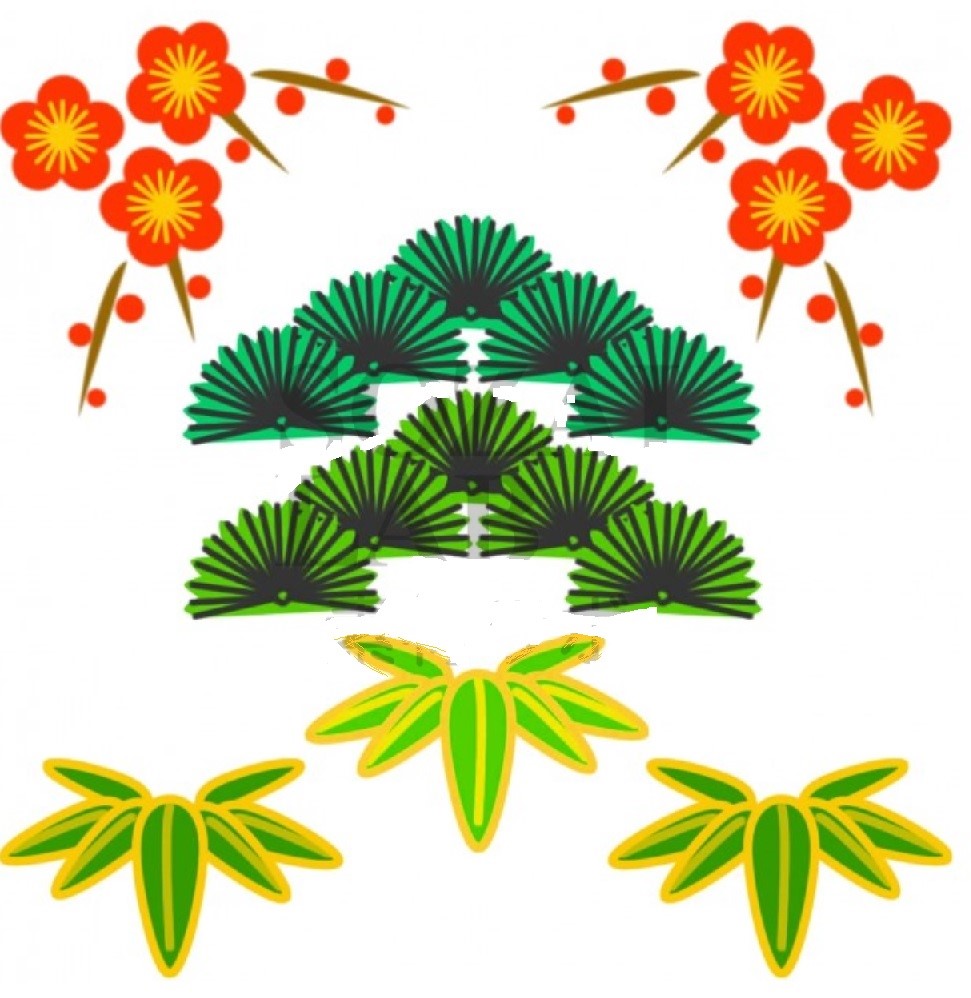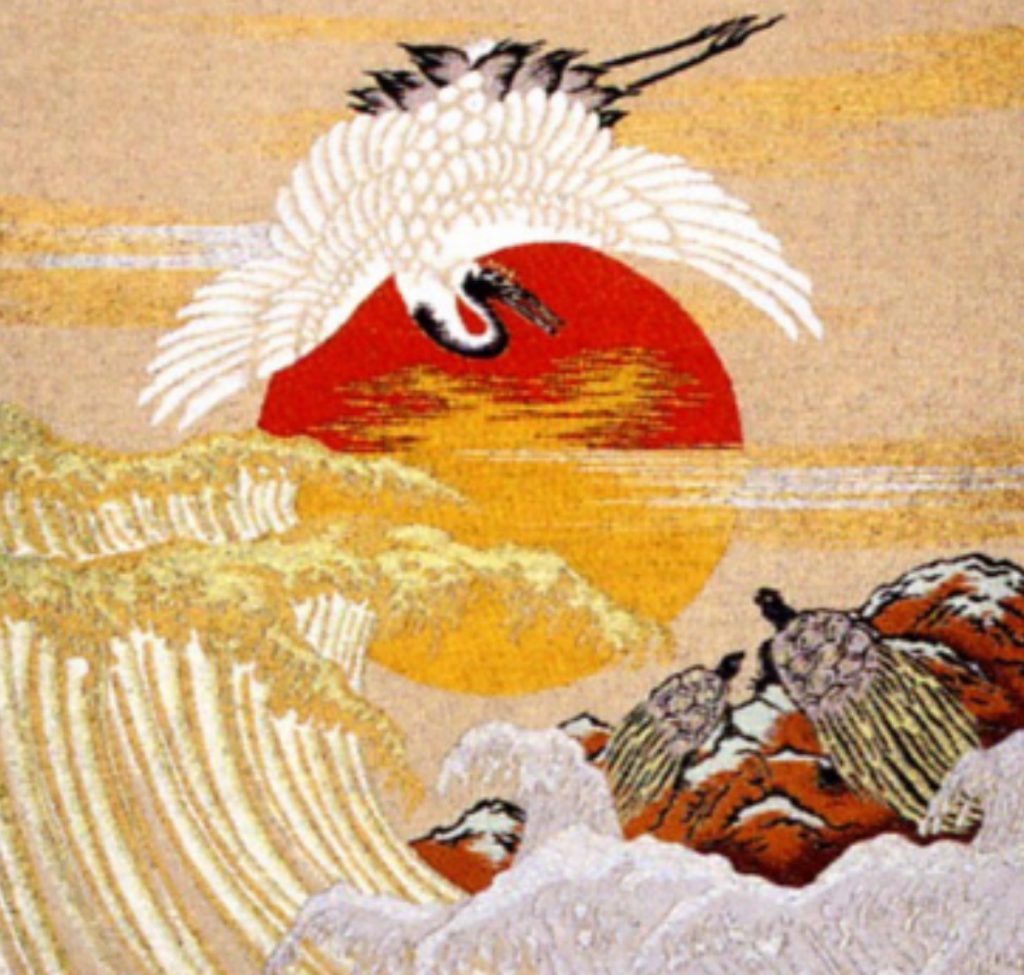Simple, square pieces of cloth like this made of cotton, silk, or other materials. they’re called furoshiki.
Furoshiki are versatile wrapping cloth. Not only are they useful for carrying things, they also make gifts look more attractive.
The word furoshiki comes from the culture of the bath, or furo in Japanese.
In the 14th century, when samurai and aristocrats used a communal bath, they would take a change of clothes wrapped in a cloth. After bathing, they would use the cloth as a bath mat on which to get dressed. Shiki means ‘something spread on the floor’, so the cloths used when taking a furo came to be known as furoshiki.
Later, the use of furoshiki spread to ordinary people, and they became an essential item for carrying things.
Froshiki can be used to wrap just about anything.
They can be used to wrap bottles of wine.
You roll two bottles up in a furoshiki. Then stand them upright, which folds the furoshiki in the middle.
Finally, bring the corners together and tie them in a knot.
This wrapping method helps to keep fragile bottles from breaking and creates an easy-to-carry handle.
With a furoshiki, there is also a way to wrap a long box that seems too big for the cloth.
Bring the near corner and the far corner together, intertwine then, take one end to the left-hand corner and the other to the right-hand corner, and tie a knot at both ends.
The fact that a piece of cloth can be folded into various shapes to contain almost any object is the most distinctive characteristic of furoshiki.
Furoshiki used for wrapping gifts often have auspicious patterns on them.
Some furoshiki depict pine, bamboo, ume plum, and others show the crane, and the turtle, which all symbolize good fortune.
It’s traditionally believed that wrapping a gift with a cloth featuring auspicious symbols like these keeps the gift pure.
Furoshiki are not just a means of wrapping objects.
These cloth are used to express respect for others and to wish them good luck.
The Japanese put a lot of thought and heart into gift-giving, and furoshiki are clear evidence of that sensibility.



